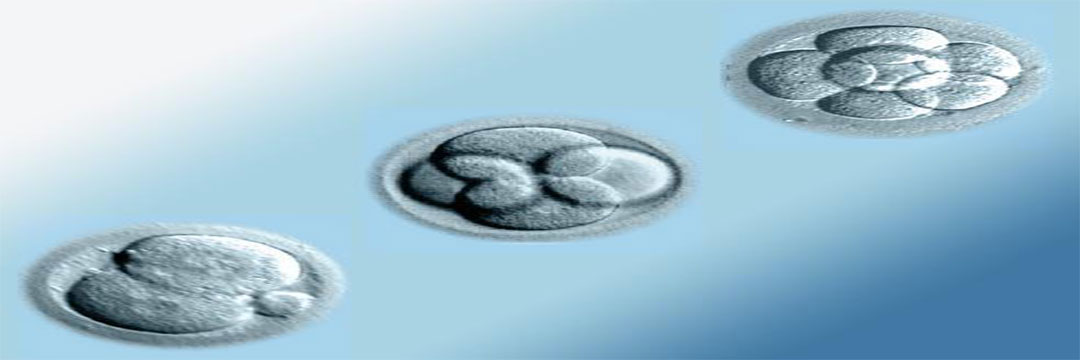Difference between a Day 3 and a Day 5 Embryo Transfer

The fusion of egg and sperm in natural environment, in womb leads to formation of embryo in surrogate. The similar feat can be achieved by use by IVF, to give birth to surrogacy baby. During the early growth of the multi-cell embryo, all of the energy and chemicals required for cell division, come from the mother’s egg. An embryo begins its growth as a single cell, and then divides every 12-24 hours. By day 3, it is about 4-8 cells, and is referred to as a multicell embryo or cleavage stage embryo. At day 3 embryo stage, implantation to womb is advantageous, since the uterine environment contributes to embryo growth, successful blastocyst development, and implantation.
Embryo culture enables to culture embryos to 70-cell embryo stage termed blastocyte embryo, at day 5 or day 6 stages, after fusion of egg and sperm. About one third of embryos, at cleavage embryo stage are capable of successfully activating genes to grow to blastocyst stage through genomic activation. The Genomic activation allows the embryo to produce the energy required for cell division, differentiation, and blastocyst formation.
Blastocyte is a differentiated cell mass consisting of two cell types, the inner cell mass, which develops into fetal tissue; andtrophoblast or trophoectoderm cells, leading proportion of placenta. The embryo selection for implantation at day 5 stage embryo provides physiological synchronization with uterine endometrium, the inner mucous membrane of the womb.
Blastocyst transfer at day 5 or day 6 has been suggested to improve implantation rate without affecting pregnancy rate. Embryos selected for transfer on day 5 are healthier, and carry a lower risk of aneuploidy or difference in number of chromosome present in the nucleus of a cell, from normal number of chromosomes, present in the nucleus of a cell. This characteristic increases patient’s chance of achieving an ongoing pregnancy.
The above discussion clearly highlights the preference for implant twin embryos at day 3 stage that reduces formation of multiple gestational sacs and maturity to blastocyte stage. The limitation of success rate of implantation is low, for single embryo transfer and improved by twin embryo transfer at day 3 stage. The day 5 blastocyte implantation on the other hand, improves fertilization success and improved statistics on embryo growth. The limitation on blastocyte embryo implantation technique is the failure to freeze store day 5 blastocyte embryo for future use.
If you have any query related to this, Please let us know by submitting your queries in the section mentioned below or write us at [email protected]
